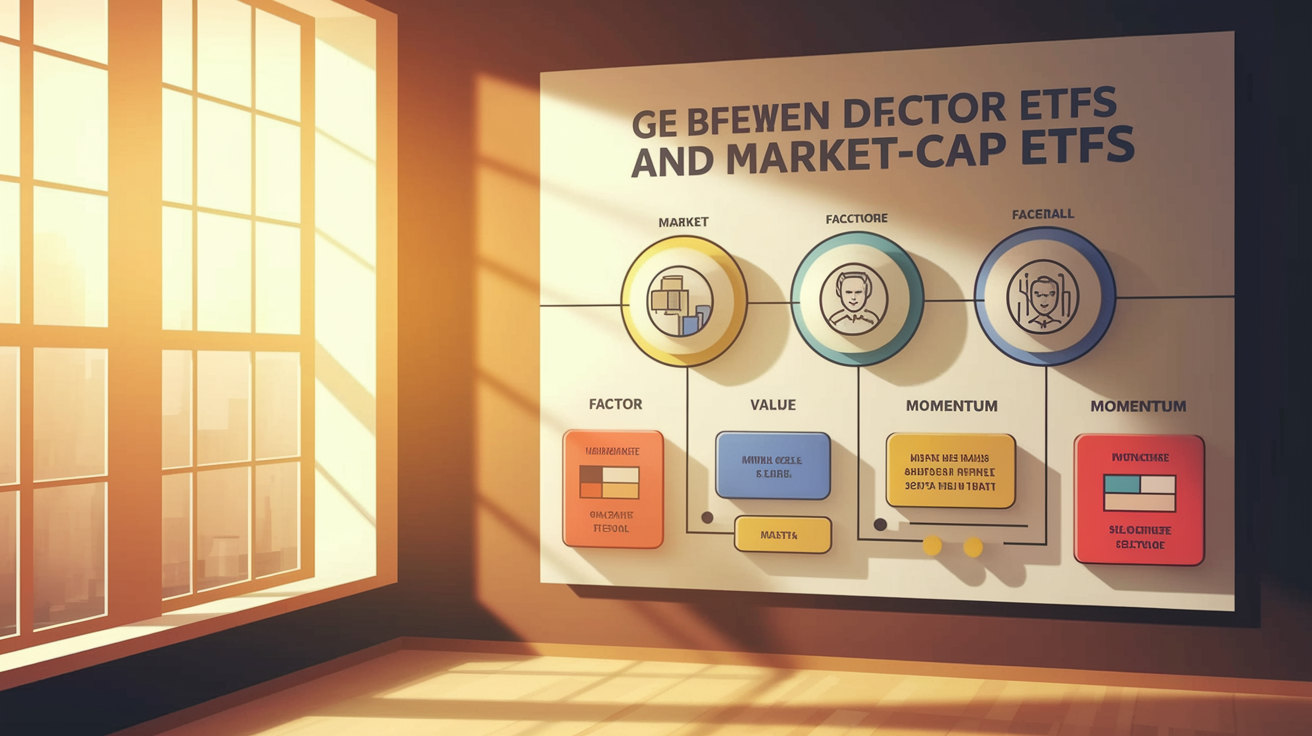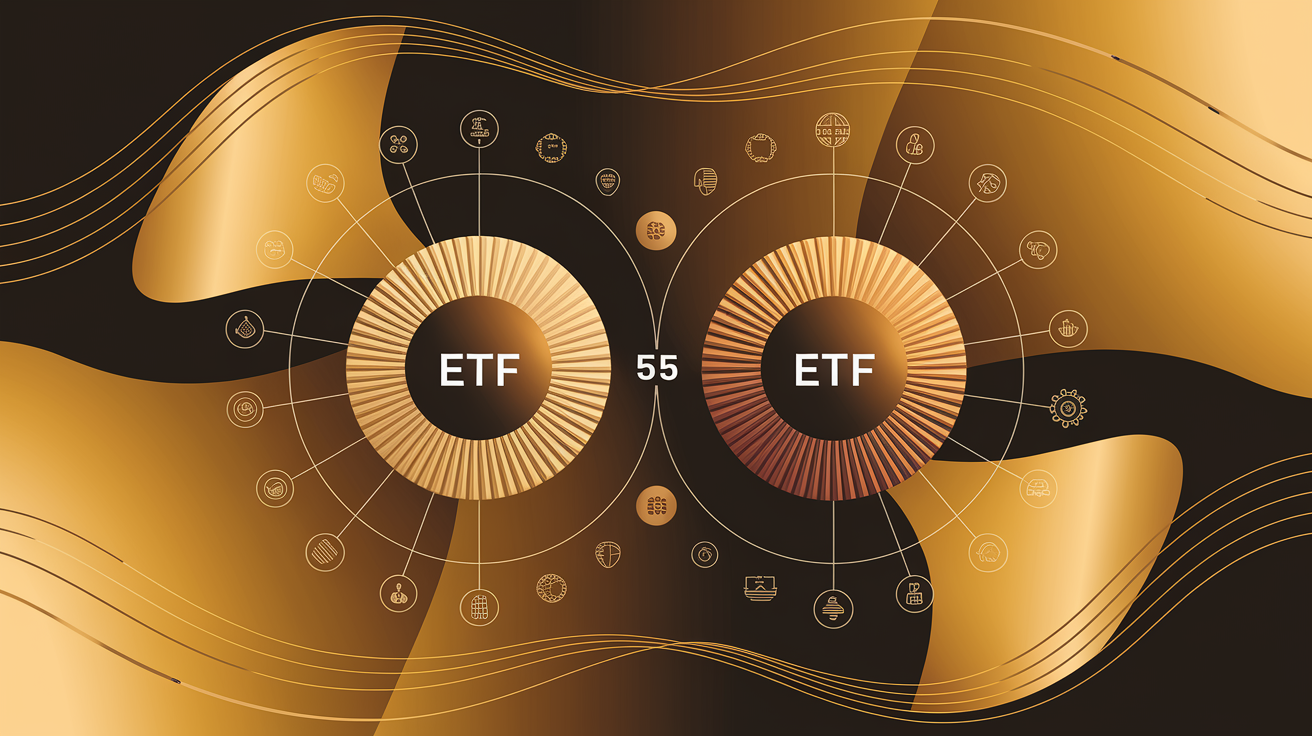The investment landscape is a complex mosaic, where both factor ETFs and market-cap ETFs leave their unique models. While market-cap ETFs rely on the established strategy of market capitalization, factor ETFs offer targeted guidance towards specific investment factors such as Value or Momentum. This article highlights the strategic differences and performances of these two forms of ETFs, which are of interest to both experienced investors and private investors.
Strategic Divergences: Factor ETFs vs. Market-Cap ETFs

The world of exchange-traded funds offers a fascinating range of investment strategies, pursuing different approaches to give investors the opportunity to benefit from the financial markets. Two prominent representatives of these strategies are factor ETFs and market-cap ETFs. These two categories differ in their strategic orientation and underlying principles, making them attractive for different types of investment.
Factor ETFs target investors looking to benefit specifically from particular market phenomena. The strategy relies on selecting stocks according to specific investment factors. These factors can include, among others, Value, Momentum, Size, Low Volatility, and Quality. Each of these factors has the potential to generate superior returns in certain market phases. For instance, Value ETFs may offer more stable returns during periods of economic uncertainty, focusing on undervalued stocks, while Momentum ETFs may benefit in a bull market, favoring stocks with strong price performance. This active weighting component allows for effective risk management, as it enables the portfolio to adapt to specific market conditions.
In contrast, market-cap ETFs focus on replicating clearly defined market indices by weighting stocks according to their market capitalization. These ETFs are characterized by their passive investment strategy, which aims to reflect the performance of an entire market or sector. Market capitalization-based ETFs such as the S&P 500 ETF or the MSCI World ETF offer the advantage of broad diversification, as they are based on a wide range of companies. This strategy allows investors to benefit from stable market performance while reducing risks through distribution among many large and liquid companies.
The main distinguishing factor between the two ETFs lies in their investment philosophy: while factor ETFs offer a more active and selective strategy to potentially achieve higher returns and manage specific risks, market-cap ETFs provide investors with a reliable way to participate in the market with lower management burdens and greater cost efficiency. Ultimately, it is individual risk tolerance and investment objectives that determine which strategy is the right choice for each investor.
Strategies for Performance Maximization: Factor ETFs vs. Market-Cap ETFs

In the world of Exchange Traded Funds (ETFs), adaptability to different market conditions plays a crucial role in maximizing performance. While market-cap ETFs find their fundamental strength in extensive diversification and passive index replication, factor ETFs offer investors the possibility to exploit specific market conditions to enhance returns.
Factor ETFs owe their success to scientifically determined factors. Among them are Value, Momentum, Quality, Low Size, and Yield. These factors not only offer diversification but also the potential to generate superior returns in favorable market phases. In particular, Momentum and Quality strategies tend to show excellent performance in expanding markets, favoring companies with solid growth rates and strong balance sheets.
In contrast, in turbulent markets, factors like Low Volatility and Value exhibit their strengths. They can help to reduce risk by focusing on investments in companies with more stable growth and lower volatility. This presents a clear advantage over market-cap ETFs, which tend to struggle more in declining markets since their strategy lacks an integrated risk buffer.
Market-Cap ETFs, on the other hand, offer stability and a proven strategy based on broad market coverage. By focusing on large and well-known companies, they provide consistent performance, closely tied to the overall market trend. These funds are less dynamic in their approach, which can lead to more conservative returns in growing markets. In this sense, they tend to rank less spectacularly compared to some more focused factor strategies during such phases.
The choice between factor ETFs or market-cap ETFs ultimately depends on individual investment goals and investors’ risk tolerance. While factor ETFs offer superior flexibility in adapting to volatile markets, market-cap ETFs stand out for their lower costs and stability over long periods. Investors should focus on specific market conditions and decide which strategy best meets the needs of their portfolio.